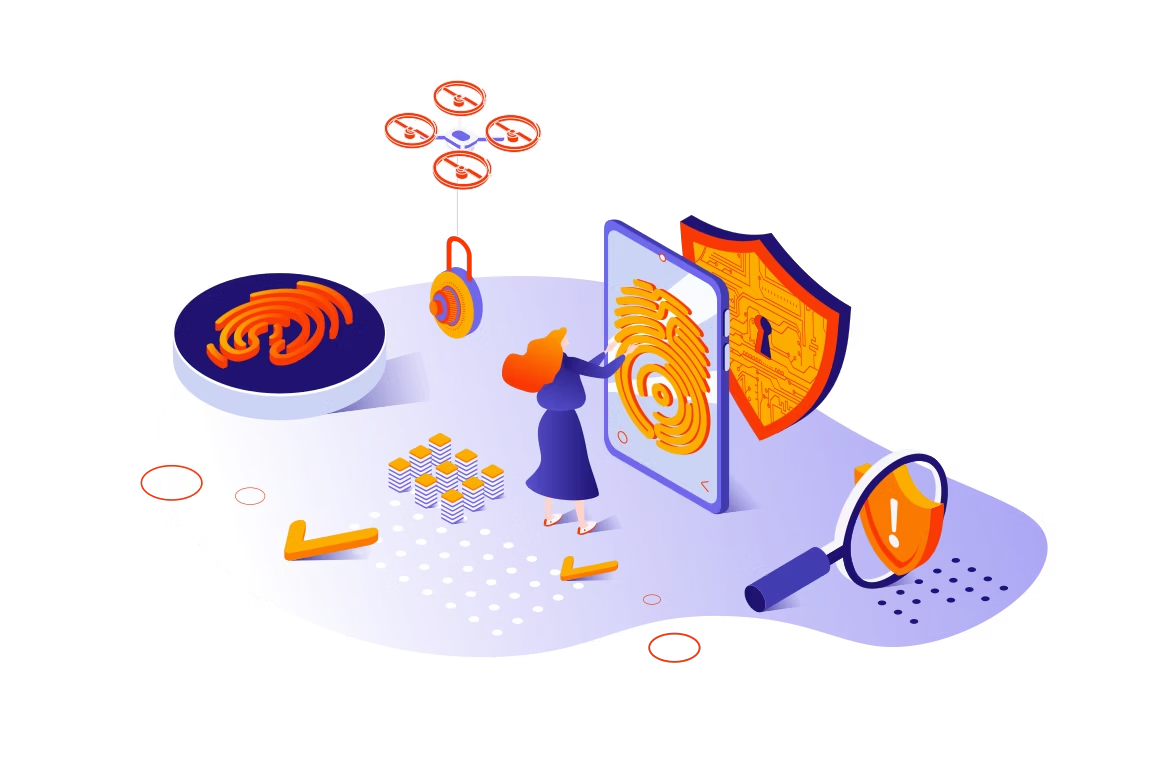Over the past decade, digital security has become a growing concern for millions of Americans. One of the most pressing issues affecting everyday users is the national public data breach, a widespread problem where personal data such as names, addresses, credit card numbers, and social security numbers are exposed through large-scale cyberattacks.
Whether it’s your bank, mobile carrier, or insurance provider, no organization is immune. But what does this really mean for you? This guide will help you understand what a public data breach is, how national-level breaches affect consumers, and what you can do about it.
Understanding Massive Data Exposures in the U.S.
A public data exposure refers to a situation where sensitive personal information is accessed or leaked intentionally or unintentionally by unauthorized parties. When these incidents affect millions across the country, we categorize them as national-level breaches.
These breaches can be caused by:
- Cyberattacks (like hacking or phishing)
- Poor cybersecurity practices
- Internal misuse of data
- Software vulnerabilities
When such events occur, affected companies may face lawsuits, legal action, and regulatory scrutiny. Consumers, on the other hand, face risks like identity theft, financial fraud, and loss of privacy due to malware installation in their devices.
High-Profile Breaches and Settlements
Let’s take a look at some major breaches and their consequences, including data breach settlements that are now being processed.
Capital One Data Breach Settlement 2025
The Capital One data breach settlement of 2025 is one of the largest in recent years. Millions of customer records were accessed in a breach that dated back to 2019 but saw final settlement processing and payouts approved in 2025.
What happened?
- Over 100 million customer applications and accounts were affected
- Information like credit scores, contact details, and payment history was leaked
- Capital One agreed to a financial settlement to resolve legal claims
Consumers affected by this breach are eligible for monetary compensation and credit monitoring services.
USAA Data Breach Settlement
Another significant case is the USAA data breach settlement. While not as large as the Capital One breach, the event drew attention because of USAA’s reputation for secure services targeting military personnel and their families.
Affected users may receive reimbursements for identity protection services and out-of-pocket losses tied to the data leak.
T-Mobile Data Breach Settlement Payout
The T-Mobile data breach settlement payout relates to a 2021 cyberattack that exposed the data of over 76 million people. Names, phone numbers, PINs, and even social security numbers were compromised.
Eligible individuals were offered cash payouts and complimentary identity theft protection services. The incident also raised questions about how mobile carriers manage and secure personal data.
Why National Data Leaks Matter
When multiple corporations are breached and millions are affected, it becomes a nationwide privacy concern. The risks go far beyond just a single compromised account. Here’s why these large-scale events are significant:
1. Widespread Identity Theft
With names, birthdays, and social security numbers exposed, cybercriminals can open credit cards, take out loans, or file fraudulent tax returns in your name.
2. Consumer Trust Erodes
People lose trust in companies they once relied on for financial services, healthcare, or communication. This trust is difficult to rebuild.
3. Long-Term Effects
Even years after a breach, your data can be resold or reused in scams. Unlike a stolen wallet, your leaked data can’t be “cancelled.”
How to Check If You Were Affected
Wondering if your information was part of the national public data breach problem? Here’s how to find out:
- Visit the breach notification websites of affected companies
- Use the Federal Trade Commission’s (FTC) identity theft tool
- Check credit reports through free tools (like AnnualCreditReport.com)
- Set up alerts with your bank or credit card provider
In most major breaches, affected users are contacted directly via mail or email with instructions on how to claim benefits or take protective steps.
Steps You Can Take to Protect Your Data
While you can’t undo a breach that’s already occurred, you can reduce your future risk.
- Enable Two-Factor Authentication (2FA)
Use 2FA wherever possible like email, banking, and shopping apps. It adds an extra layer of protection.
- Regularly Change Passwords
Update your passwords often and avoid using the same one across different platforms.
- Use a Password Manager
These tools create and store strong, unique passwords so you don’t have to remember them all.
- Monitor Your Credit
Use free services to keep an eye on credit report activity and receive alerts for any unusual activity.
- Freeze Your Credit (if needed)
This prevents anyone including you from opening a new line of credit until you lift the freeze.
What to Do If You Receive a Settlement Notice
If you get a notice in the mail or by email about a data breach settlement:
- Verify it’s legitimate: Go to the official website (typically ending in .gov or run by a trusted claims administrator).
- Follow instructions: You may need to provide some ID verification or submit a claim.
- Check deadlines: Settlements often have a window of time in which you must file a claim.
- Keep records: Save copies of your claim submission and any correspondence.
Whether it’s the Capital One data breach settlement 2025 or the T-Mobile data breach settlement payout, you don’t want to miss your chance at compensation.
What Companies Should Learn From These Incidents
Large-scale breaches highlight the need for companies to:
- Invest in stronger cybersecurity infrastructure
- Train employees on phishing and social engineering attacks
- Conduct regular audits and risk assessments
- Develop clear incident response plans
Transparency, accountability, and rapid response are key factors in limiting damage once a breach occurs.
Stay Aware, Stay Protected
The national public data breach crisis has shown that no system is completely safe. But by understanding how these events happen, recognizing the signs, and acting quickly, you can protect yourself and your data.
Keep an eye on official settlement updates, know your rights, and don’t ignore those claim notices in your inbox. With breaches becoming more frequent, staying informed is your best line of defense.
We hope this article was insightful. For more such articles stay connected with Tambena Consulting.






